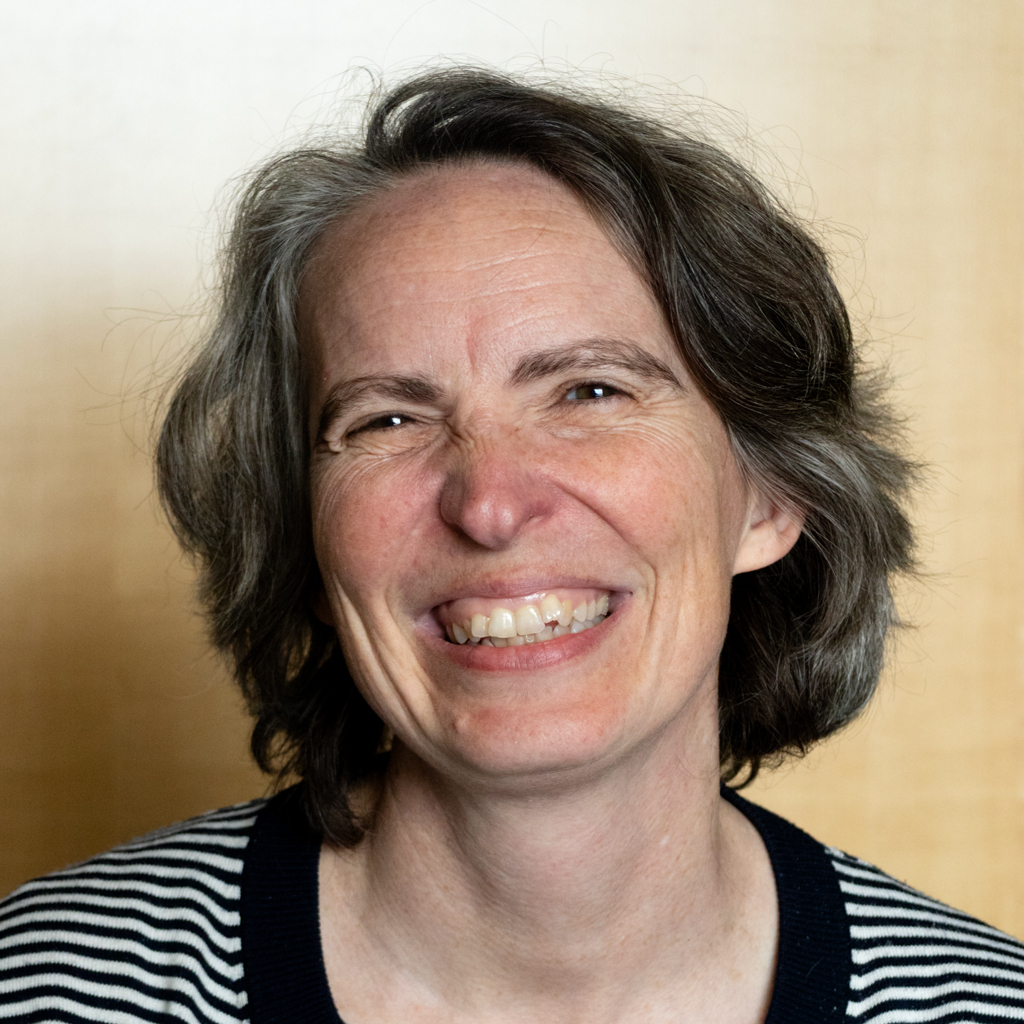 Art by Casey Boersma on the theme of kinship in isolation
Art by Casey Boersma on the theme of kinship in isolation
Art and Poetry Provide Connection During a Difficult Summer
Every summer, the Georgia Museum of Art at the University of Georgia works with UGA’s Mary Frances Early College of Education, the Clarke County School District and other partners to create a program combining art and poetry for teens and middle school students (you can read about 2017’s program here). On-site camps were clearly a no-go this year, but the program continued nonetheless. This year, it fell under the Youth Participatory Action Research course in the College of Education’s Department of Language and Literacy Education. Callan Steinmann, curator of education, worked with faculty and graduate students in Language and Literacy Education to create a four-week program for middle school students focused on visual art, poetry and writing that all took place over Zoom.
The first week’s session included a lot of icebreaker activities — it takes time to establish a trusting, open learning community even when meeting in person, and it’s even more of a challenge when the group is only able to meet virtually. Steinmann started the session by leading the group in an introduction to the museum and a guided close-looking and discussion session focused on Radcliffe Bailey’s mixed-media work “7 Steps.” Middle schoolers were able to browse an online gallery of works of art from the museum’s permanent collection, then separated out into breakout rooms on Zoom for further close looking and conversation in small groups, using prompts developed by museum educators. The museum’s education staff put together art supply kits for each child in the program, and UGA grad students distributed the kits to middle schoolers. The kits included a sketchbook and basic art supplies like markers, washi tape, pens, scissors, etc. Steinmann developed art activity suggestions that expanded on online “gallery” explorations with studio activities. The grad students facilitated the art projects in small groups on Zoom. Graduate students and teens met once a week on Tuesdays over Zoom, and smaller break-out groups also met one additional day each week for a follow-up session.
Athens-Clarke County Commissioner (and doctoral candidate in Language and Literacy Education) Mariah Parker, who has been involved with the program for several years, led the session on the second week. This meeting focused on Parker’s process of writing spoken word/raps about issues that matter to her and creating political/socially conscious music. She gave the students tips for coming up with rhymes, talked about how she uses rhyming dictionaries and a thesaurus in her own writing, then performed a few of her original songs for students before answering questions. Steinmann then led a discussion about ekphrastic poetry (poetry inspired by works of art) before providing a prompt for teens to create their own ekphrastic writing. Throughout the process, in the follow-up small group meetings, kids brought in-process or finished poems to share and get feedback. They also brought in social media posts that addressed an issue that mattered to them and discussed these posts.
The next week focused on how artists use visual art to communicate messages about issues that matter to them, with Steinmann using Paul Cadmus’ painting “Playground” and the Kevin Cole exhibition as examples. Steinmann said, “We talked about how art and artifacts can tell stories about what it’s like to live through a particular time period.” Each of the graduate students and kids brought an object with them to the Zoom meeting that would help them tell the story of what their experience had been like living through spring 2020. Steinmann supplied prompts to help drive creative projects that started with “Imagine that you are documenting your lived experience in this moment, and that whatever you create will be displayed in a museum for other people to see” and prompted students to think about what it’s like to live through this period in history, what issues matter to them and what they want to share with future generations about what it is like to be a teen in 2020. Students then had a variety of options to create something in response: a documentary photography project, a collage of found images and objects, a poem or short essay, a piece of fiction, a rap or spoken word piece, a poster to spread awareness about an issue, a drawing, a video.
Parker led one more session in which students could pick six words related to their issue and briefly share, then map connections between words. From there, they spent time focusing on their senses and free-writing before putting everything together to share. She and the professors wrapped up by weaving together the ideas of making visual art and writing/performing to spread awareness about social issues. The kids continued working on some of the projects in the days and weeks after the program officially ended, and now you can see some of their visual and literary art on this website (click “Kinship in Isolation” and then “Gallery” and “Writing” in the sidebar to see the most museum-related content). They focused on race and racism and the effects of the COVID-19 pandemic, including the feelings of isolation it produced, as well as the diversity of ethnic identity, voting, the meaning of patriotism and more.
The program was inspiring and provided new ways to connect during a difficult summer. As usual, it showed us our collection in a new light and made great connections between art and poetry. As usual, we thank Kathy Prescott and Grady Thrasher for establishing the endowment that funds it each year.
